Home>Furniture & Design>Bathroom Accessories>How To Get Ring Stain Out Of Toilet Bowl
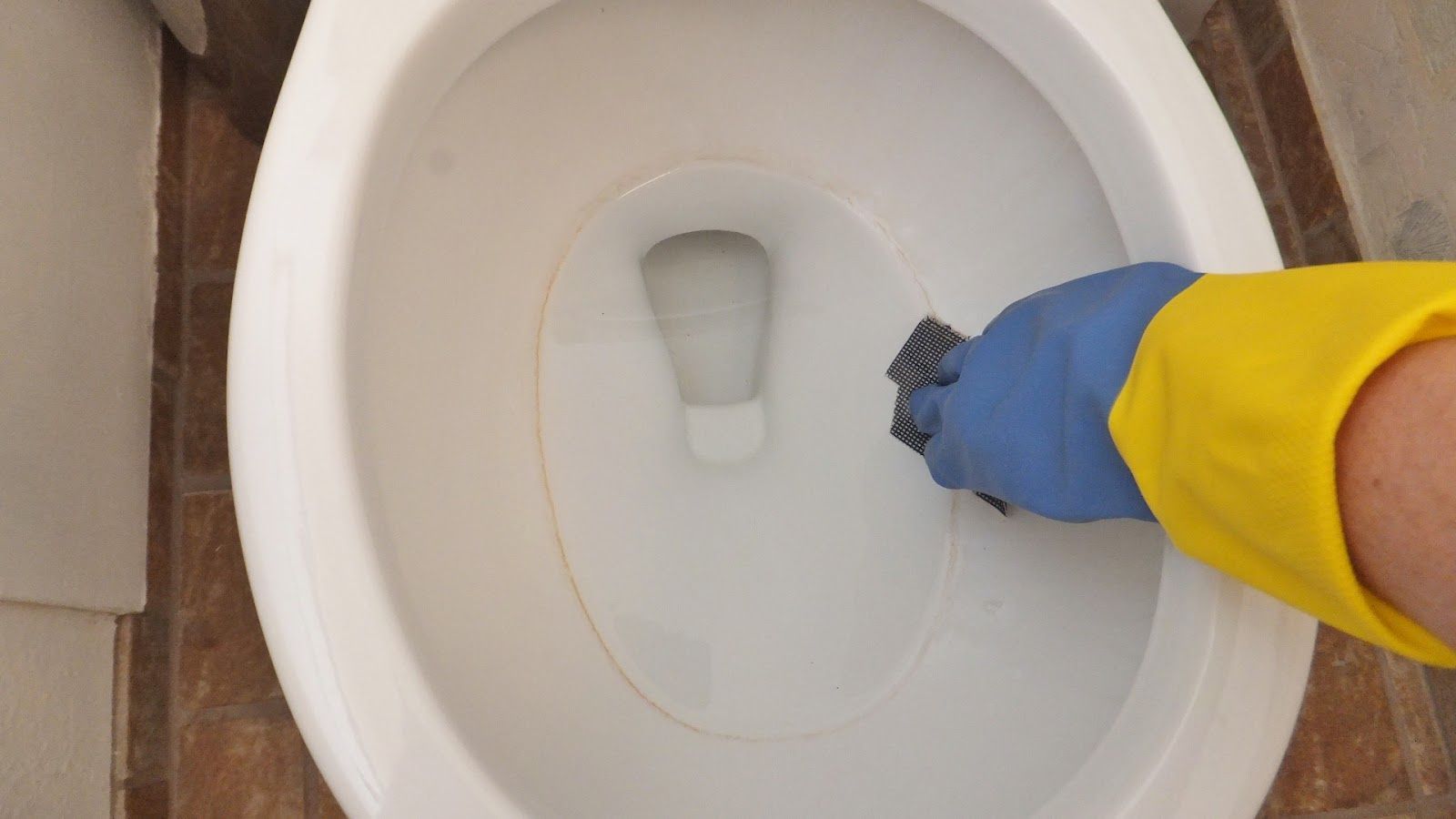

Bathroom Accessories
How To Get Ring Stain Out Of Toilet Bowl
Modified: October 19, 2024
Learn effective methods to remove ring stains from your toilet bowl using simple bathroom accessories. Say goodbye to stubborn stains with our expert tips!
(Many of the links in this article redirect to a specific reviewed product. Your purchase of these products through affiliate links helps to generate commission for Storables.com, at no extra cost. Learn more)
Introduction
Dealing with stubborn ring stains in a toilet bowl can be a frustrating and unsightly challenge. These unsightly marks are often caused by mineral deposits, hard water, or the accumulation of bacteria and mold. However, with the right tools and techniques, you can effectively banish these ring stains and restore your toilet bowl to its former glory.
In this comprehensive guide, we will explore the causes of ring stains and provide you with a step-by-step solution to tackle this common bathroom nuisance. By following these methods, you can say goodbye to those persistent ring stains and enjoy a sparkling clean toilet bowl once again.
Let's dive into the world of bathroom maintenance and discover how to eliminate ring stains from your toilet bowl for good.
Key Takeaways:
- Say goodbye to stubborn ring stains in your toilet bowl by using vinegar, lemon juice, and a high-quality toilet bowl cleaner. Scrub with a toilet brush and consider using distilled water to prevent future stains.
- Keep your toilet bowl sparkling clean by regularly cleaning with natural agents like vinegar, lemon juice, and a high-quality cleaner. Use distilled water to flush and prevent stubborn ring stains from forming.
Understanding the Cause of Ring Stains
Ring stains in a toilet bowl are a common nuisance that can detract from the overall cleanliness and appearance of a bathroom. These unsightly marks are typically caused by a combination of factors, including mineral deposits, hard water, and the accumulation of bacteria and mold.
Mineral deposits, such as calcium and magnesium, are often present in tap water. When water evaporates in the toilet bowl, these minerals can form a stubborn ring around the waterline. This mineral buildup not only creates an unattractive appearance but can also be challenging to remove without the proper techniques.
Hard water, which contains a high concentration of minerals, can exacerbate the formation of ring stains. When hard water is regularly used to flush the toilet, it can leave behind mineral deposits that gradually accumulate and form a noticeable ring. Additionally, the presence of iron and other minerals in hard water can contribute to the discoloration of the toilet bowl, making it appear dingy and unclean.
Furthermore, bacteria and mold can thrive in the moist environment of a toilet bowl, leading to the development of ring stains. The combination of stagnant water, organic matter, and warm temperatures provides an ideal breeding ground for these microorganisms. Over time, these bacteria and mold can leave behind unsightly stains that are difficult to eradicate.
Understanding the causes of ring stains is crucial for effectively addressing and preventing them. By recognizing the role of mineral deposits, hard water, bacteria, and mold in the formation of ring stains, you can implement targeted strategies to combat these issues and maintain a pristine toilet bowl.
By gaining insight into the factors contributing to ring stains, you can equip yourself with the knowledge needed to tackle this common bathroom challenge effectively. With this understanding, you will be better prepared to implement the solutions outlined in the subsequent sections, ultimately achieving a toilet bowl that is free from stubborn ring stains.
Tools and Materials Needed
To effectively remove ring stains from a toilet bowl, you will need a few essential tools and materials. These items are instrumental in executing the cleaning process with precision and achieving optimal results. Here's a comprehensive list of the tools and materials you'll need:
1. Toilet Bowl Cleaner:
Select a high-quality toilet bowl cleaner specifically formulated to target tough stains and mineral deposits. Look for a cleaner that contains powerful ingredients such as hydrochloric acid or citric acid, which are effective in breaking down and dissolving stubborn ring stains.
2. Toilet Brush:
A durable toilet brush with sturdy bristles is essential for scrubbing away ring stains and residue. Choose a brush with an ergonomic handle for comfortable and efficient cleaning.
Read more: How To Get Rust Stains Out Of A Toilet
3. Protective Gloves:
To protect your hands from the strong cleaning agents and bacteria present in the toilet bowl, it's crucial to wear protective gloves. Opt for durable, waterproof gloves that provide ample coverage and dexterity.
4. Vinegar or Lemon Juice:
Both vinegar and lemon juice are natural acidic substances that can aid in dissolving mineral deposits and combating stubborn ring stains. These household items serve as effective alternatives to commercial cleaners and are environmentally friendly.
5. Baking Soda:
Baking soda is a versatile cleaning agent that can help to gently scrub away ring stains without causing damage to the toilet bowl surface. Its mild abrasive properties make it an excellent addition to your cleaning arsenal.
6. Pumice Stone (Optional):
For particularly stubborn ring stains, a pumice stone can be used to gently buff away mineral deposits without scratching the porcelain surface. When used with caution, a pumice stone can effectively restore the smooth, clean appearance of the toilet bowl.
Read more: How To Get Urine Smell Out Of Toilet Bowl
7. Plastic or Wooden Stirring Stick:
A plastic or wooden stirring stick is useful for agitating the cleaning solution and reaching difficult-to-access areas within the toilet bowl. This tool facilitates thorough cleaning and ensures that the cleaning agent is distributed evenly.
8. Distilled Water (Optional):
If hard water is a prevalent issue in your area, using distilled water for the cleaning process can help minimize the formation of new mineral deposits and maintain the cleanliness of the toilet bowl.
By gathering these essential tools and materials, you will be well-equipped to tackle ring stains and restore the pristine condition of your toilet bowl. With the right resources at your disposal, you can confidently proceed to the next steps of the cleaning process and achieve remarkable results.
Step-by-Step Guide to Removing Ring Stains
-
Prepare the Toilet Bowl: Begin by donning protective gloves to shield your hands from the cleaning agents. Flush the toilet to wet the bowl's surface, allowing the water level to subside to expose the ring stains.
-
Apply the Cleaner: Pour the designated toilet bowl cleaner directly onto the ring stains, ensuring thorough coverage. If using vinegar or lemon juice, apply these natural acidic solutions generously to the affected areas.
-
Let It Sit: Allow the cleaner to work its magic by letting it sit for the recommended duration. This dwell time is crucial for the cleaner to penetrate and dissolve the stubborn ring stains and mineral deposits.
-
Scrub with a Toilet Brush: Utilize a toilet brush to vigorously scrub the ring stains and the surrounding areas. Focus on applying consistent pressure to effectively dislodge the deposits and bacteria, working your way around the entire waterline.
-
Rinse and Inspect: Flush the toilet to rinse away the loosened residue and assess the progress. If the ring stains persist, repeat the cleaning process, ensuring thorough coverage and agitation with the brush.
-
Optional Pumice Stone: For persistent stains, cautiously use a pumice stone to gently buff away mineral deposits. Wet the stone and the affected areas, then gently rub the stone against the stains, taking care to avoid scratching the porcelain surface.
-
Final Rinse and Polish: Once the ring stains are successfully removed, give the toilet bowl a final rinse to eliminate any remaining residue. Use a plastic or wooden stirring stick to agitate the water and ensure a thorough rinse.
-
Preventive Measures: To prevent future ring stains, consider using distilled water for flushing, as it reduces mineral buildup. Regular maintenance with a high-quality toilet bowl cleaner can also help prevent the recurrence of ring stains.
By following this step-by-step guide, you can effectively eliminate stubborn ring stains from your toilet bowl and restore its pristine condition. With the right techniques and a proactive approach to maintenance, you can enjoy a clean and hygienic bathroom environment.
Preventing Future Ring Stains
Preventing future ring stains in your toilet bowl is essential for maintaining a clean and hygienic bathroom environment. By implementing proactive measures and incorporating regular maintenance practices, you can effectively minimize the recurrence of stubborn ring stains. Here are some valuable strategies to prevent future ring stains and preserve the pristine condition of your toilet bowl:
Read more: How To Get Yellow Stains Out Of Toilet
1. Use Distilled Water
Consider using distilled water for flushing your toilet, especially if hard water is prevalent in your area. Distilled water has undergone a purification process to remove impurities and minerals, making it less likely to contribute to the formation of ring stains. By opting for distilled water, you can reduce the accumulation of mineral deposits in the toilet bowl, thereby minimizing the development of unsightly rings.
2. Regular Cleaning and Maintenance
Establish a consistent cleaning routine for your toilet bowl using a high-quality cleaner specifically formulated to combat mineral deposits and bacteria. Regularly scrubbing the interior of the toilet bowl with a toilet brush can prevent the buildup of residue and stains, maintaining a clean and polished appearance. By incorporating proactive maintenance into your cleaning regimen, you can effectively deter the formation of ring stains and preserve the overall cleanliness of the toilet bowl.
3. Implementing Natural Cleaning Agents
Incorporate natural cleaning agents such as vinegar or lemon juice into your cleaning routine. These acidic substances can help dissolve mineral deposits and combat bacteria, serving as effective alternatives to commercial cleaners. By harnessing the power of natural cleaning agents, you can maintain a clean and fresh toilet bowl while minimizing the impact of harsh chemicals on the environment.
4. Regular Inspection and Prompt Action
Periodically inspect the interior of the toilet bowl for early signs of ring stains or mineral buildup. If you notice any discoloration or residue forming along the waterline, take prompt action to address the issue. By identifying and addressing potential concerns early on, you can prevent ring stains from becoming deeply ingrained and challenging to remove.
Read more: How To Prevent Toilet Bowl Rings
5. Educating Household Members
Educate household members about the factors contributing to ring stains and the importance of proper toilet bowl maintenance. Encourage everyone to be mindful of the type of water used for flushing and to adhere to regular cleaning practices. By fostering a collective understanding of preventive measures, you can work together to uphold the cleanliness and appearance of the toilet bowl.
By incorporating these preventive measures into your bathroom maintenance routine, you can effectively minimize the occurrence of ring stains and preserve the pristine condition of your toilet bowl. With a proactive approach to prevention and regular maintenance, you can enjoy a clean, hygienic, and visually appealing toilet bowl for the long term.
Conclusion
In conclusion, conquering ring stains in a toilet bowl requires a combination of understanding the underlying causes, employing effective cleaning techniques, and implementing preventive measures. By recognizing the role of mineral deposits, hard water, bacteria, and mold in the formation of ring stains, individuals can proactively address these factors and maintain a pristine toilet bowl.
The step-by-step guide provided offers a comprehensive approach to removing ring stains, emphasizing the importance of using the right tools and materials, such as high-quality toilet bowl cleaners, protective gloves, and natural cleaning agents like vinegar and lemon juice. The inclusion of preventive measures, such as using distilled water for flushing and regular maintenance, ensures a proactive stance against the recurrence of ring stains.
By integrating these strategies into a consistent cleaning routine, individuals can effectively combat ring stains and preserve the cleanliness and visual appeal of their toilet bowl. Furthermore, the utilization of natural cleaning agents not only aids in removing stains but also aligns with environmentally friendly practices, contributing to a sustainable approach to bathroom maintenance.
Ultimately, by understanding the causes of ring stains, implementing targeted cleaning techniques, and embracing preventive measures, individuals can achieve a toilet bowl that is free from stubborn ring stains, promoting a hygienic and visually pleasing bathroom environment. With these insights and practical solutions, individuals can confidently tackle ring stains and maintain a sparkling clean toilet bowl for the long term.
Frequently Asked Questions about How To Get Ring Stain Out Of Toilet Bowl
Was this page helpful?
At Storables.com, we guarantee accurate and reliable information. Our content, validated by Expert Board Contributors, is crafted following stringent Editorial Policies. We're committed to providing you with well-researched, expert-backed insights for all your informational needs.
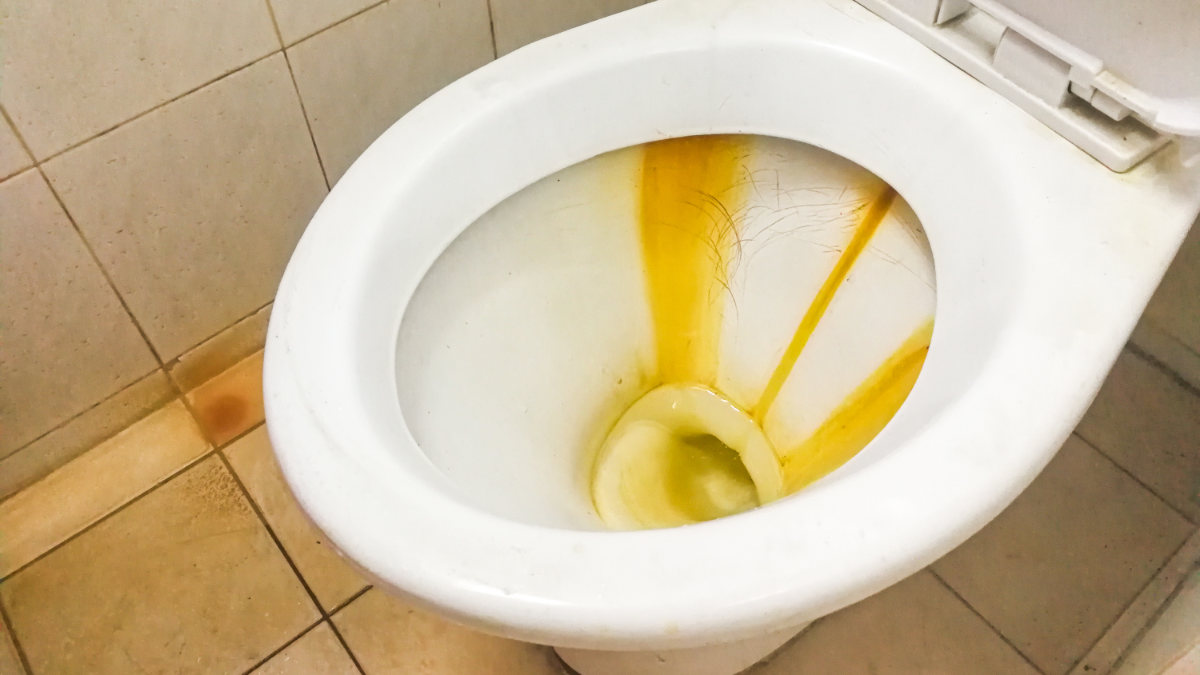
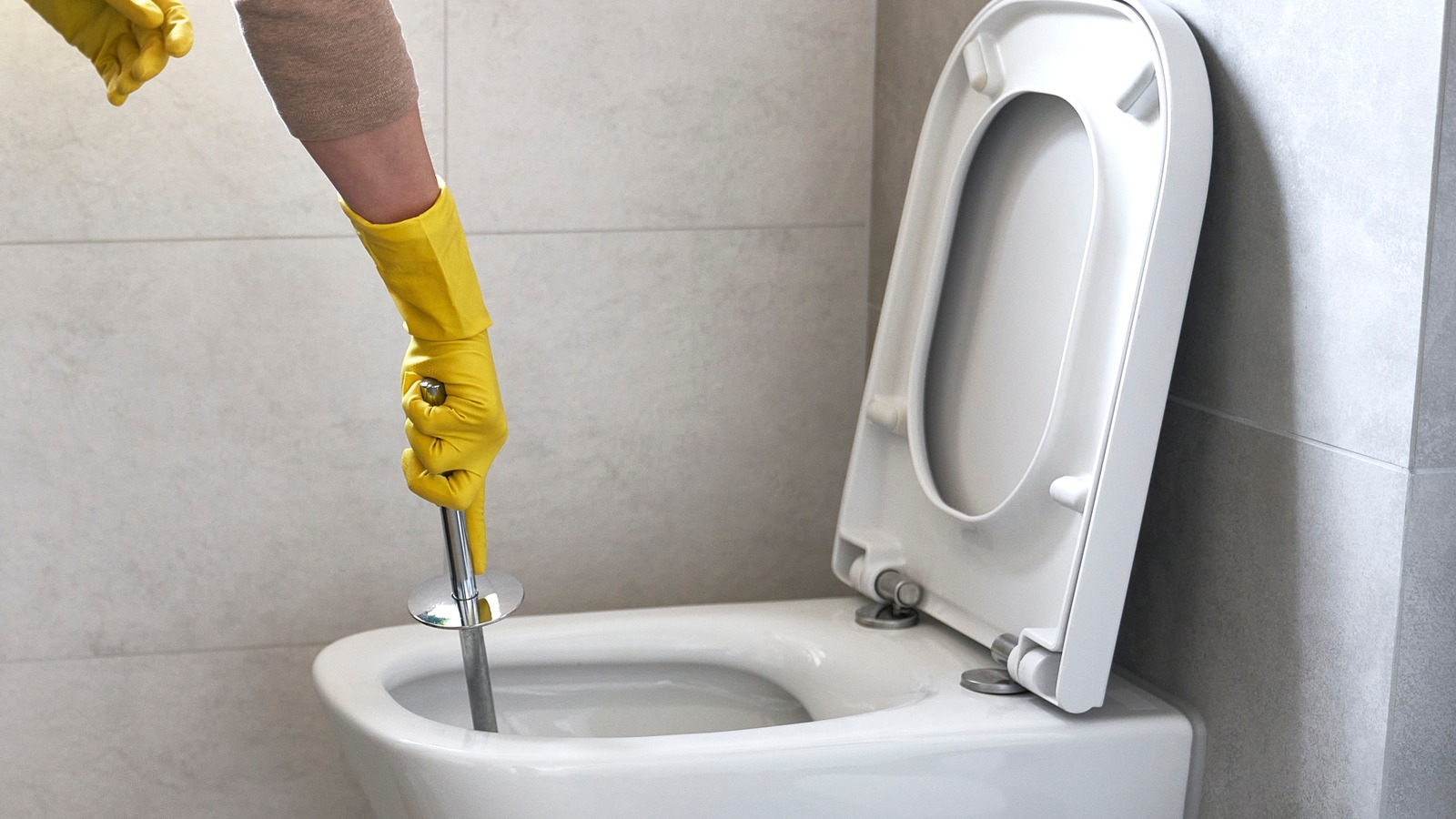
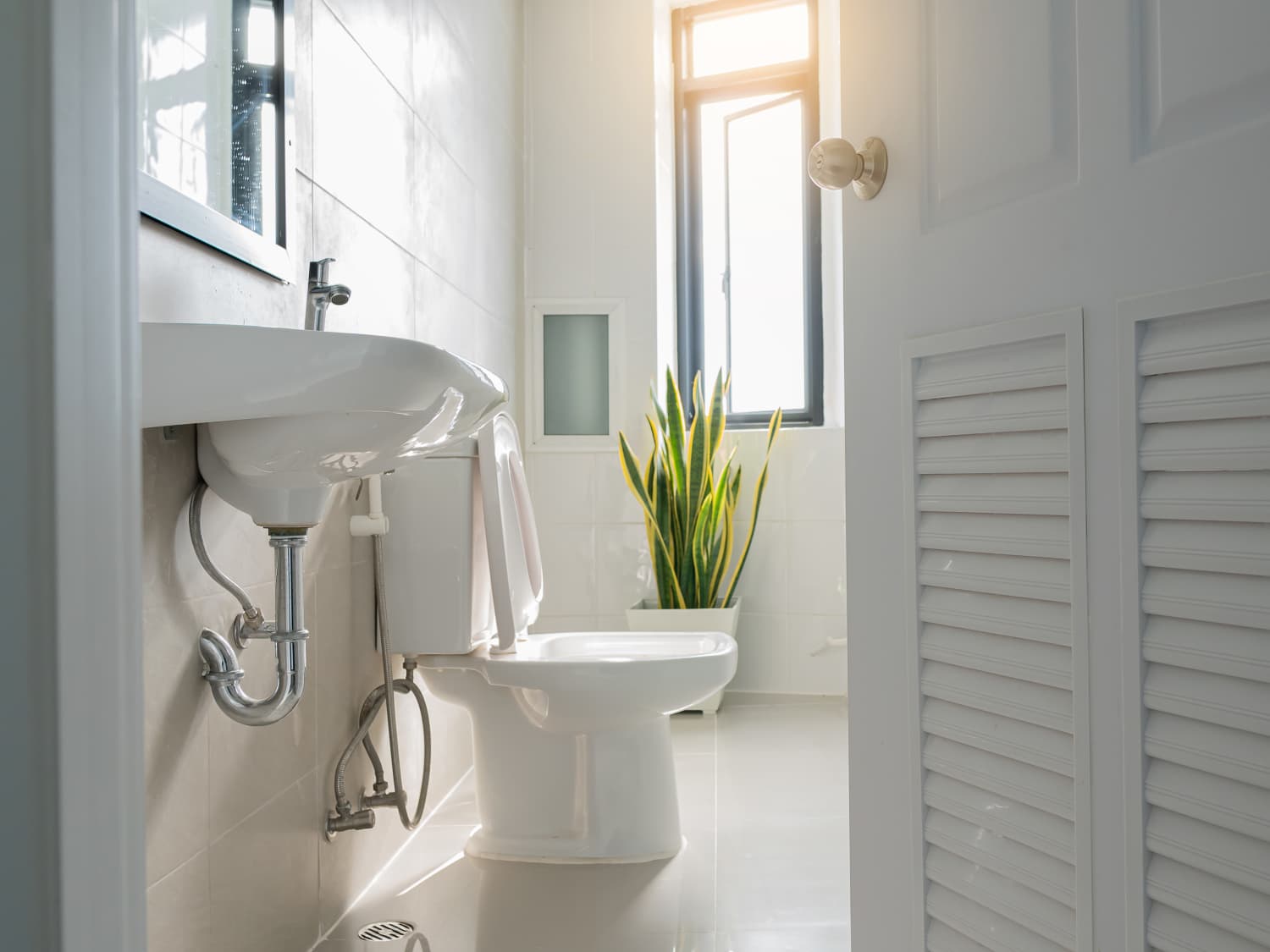
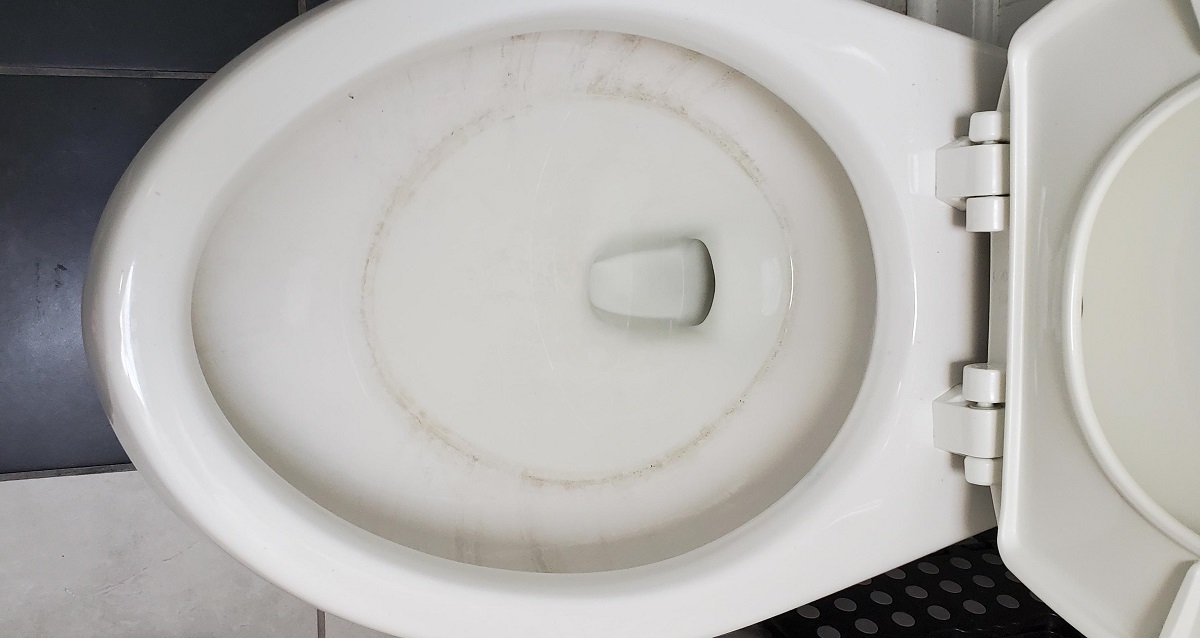
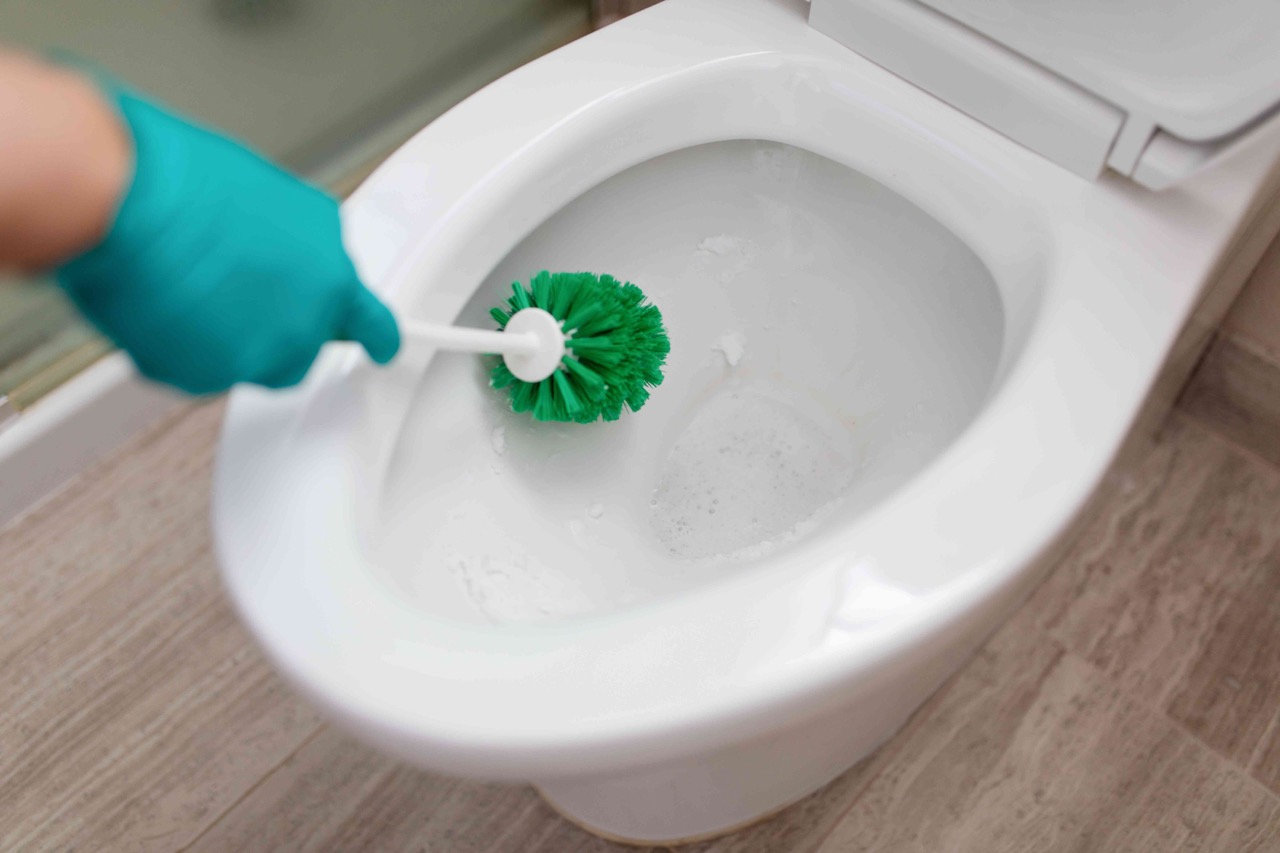

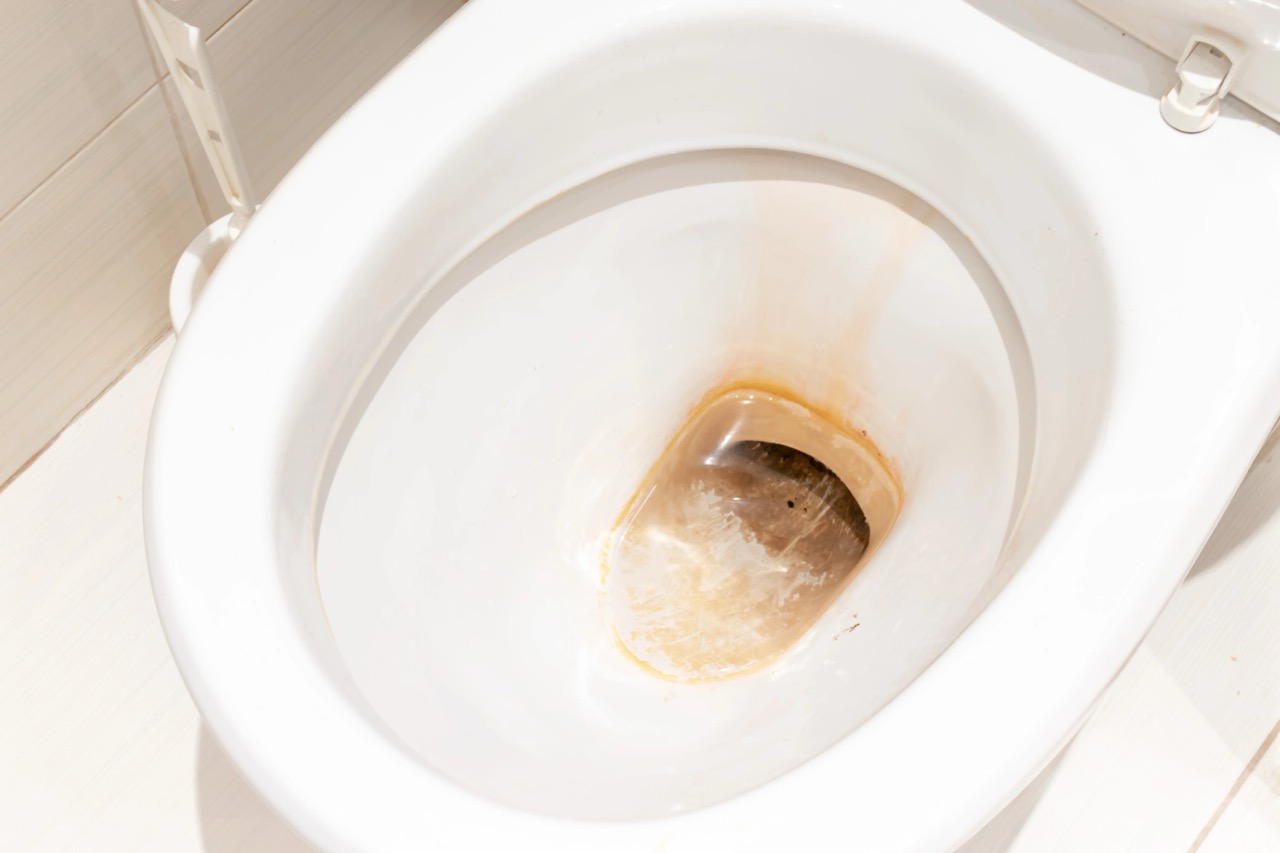
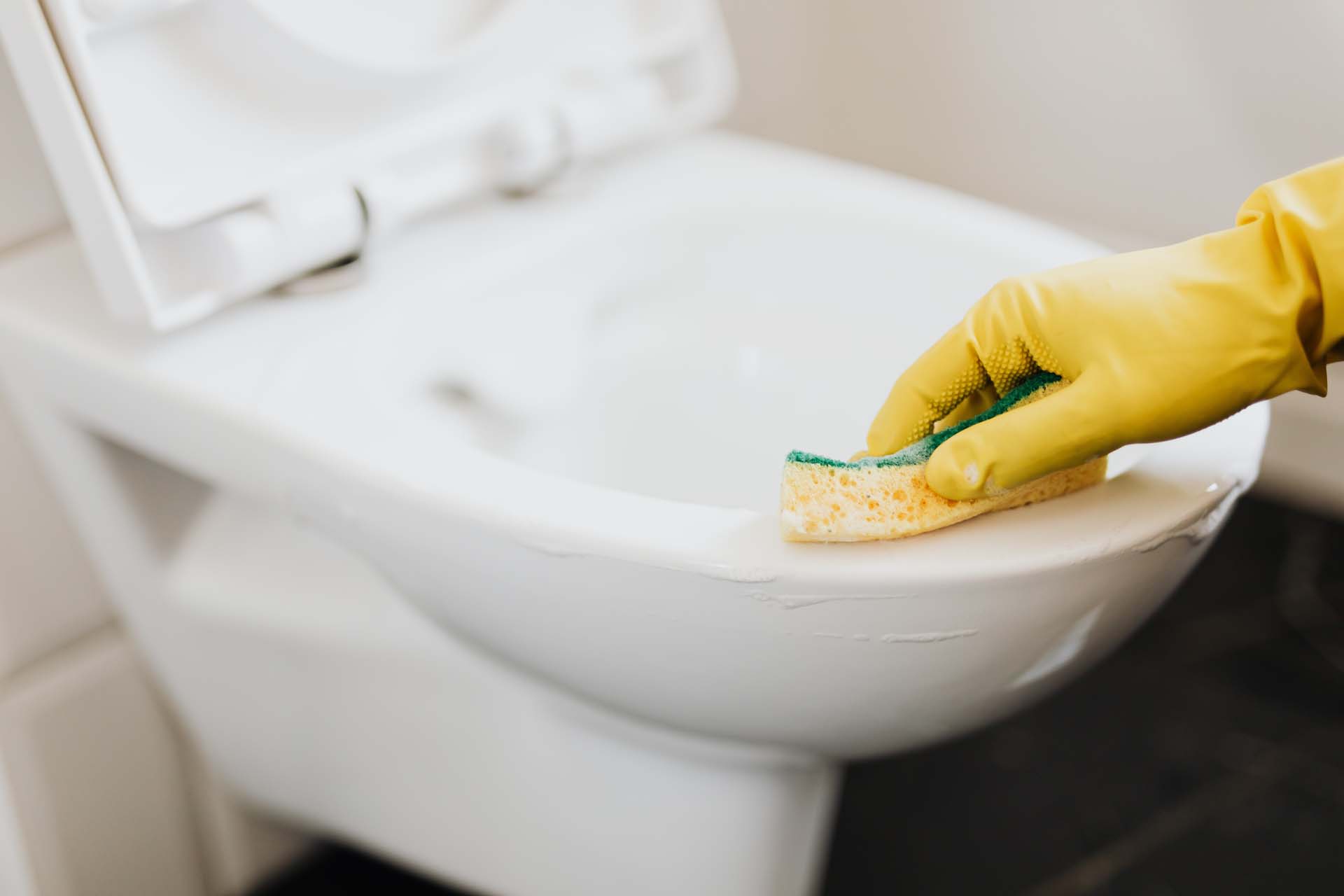
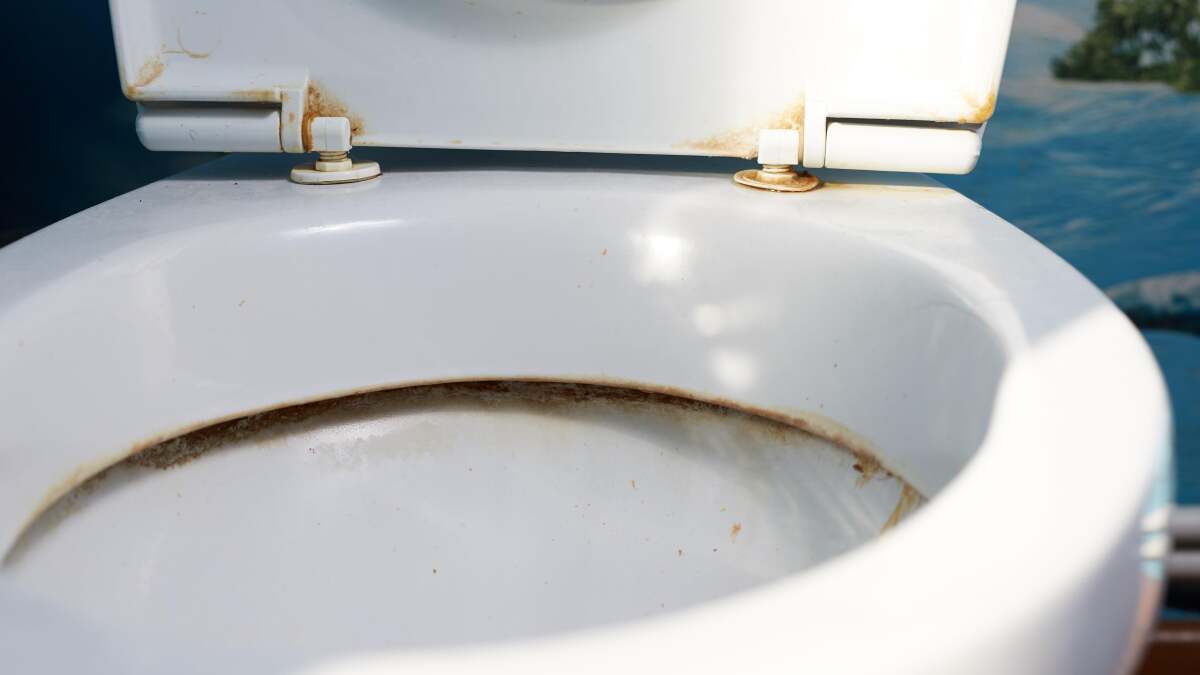
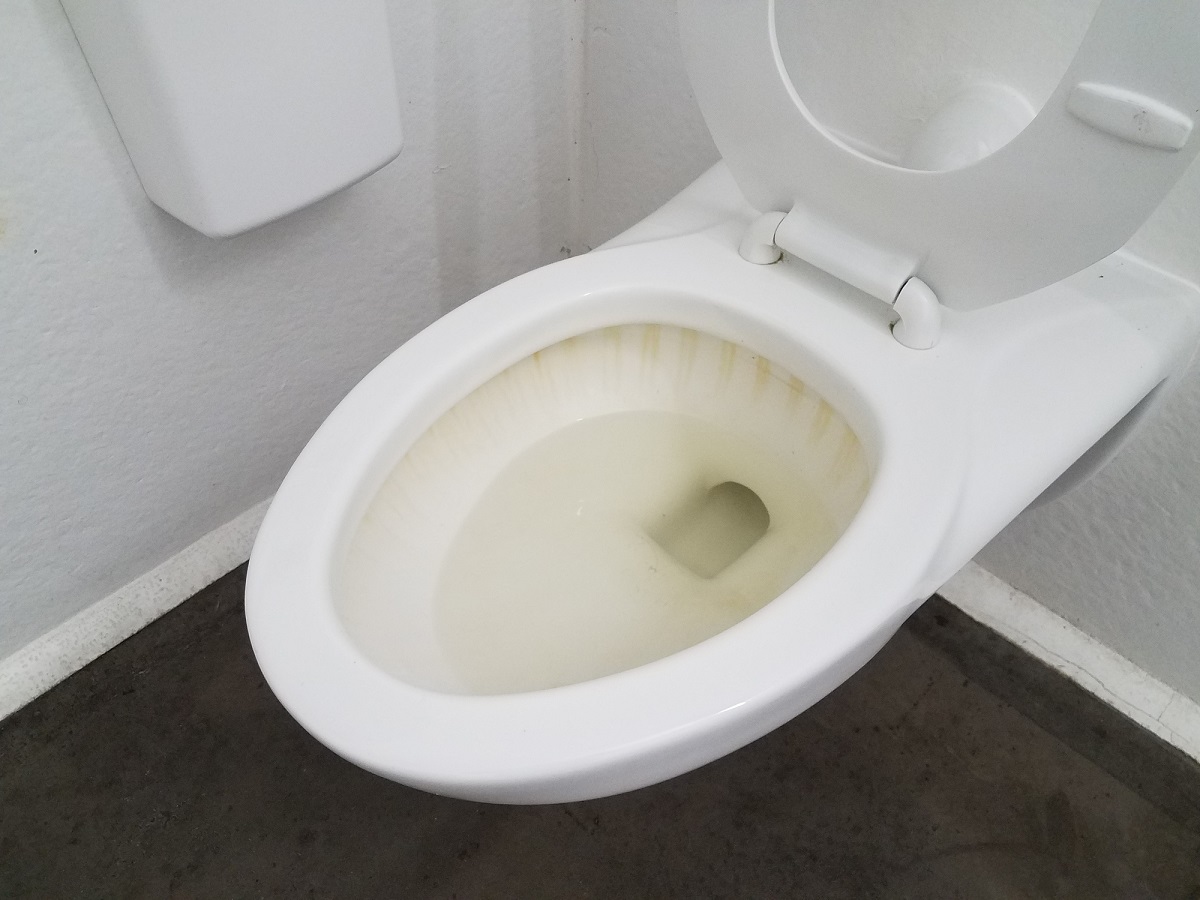
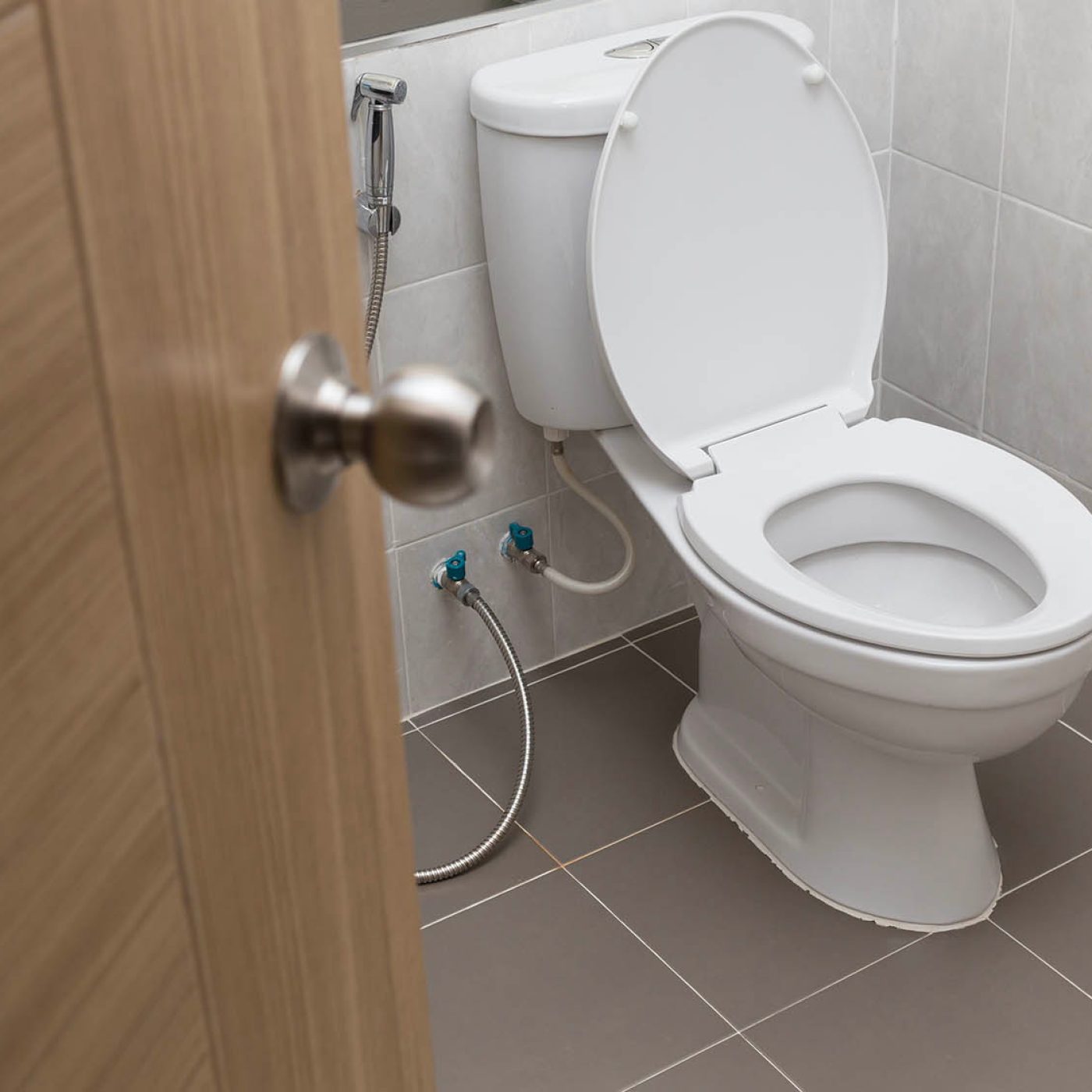

0 thoughts on “How To Get Ring Stain Out Of Toilet Bowl”